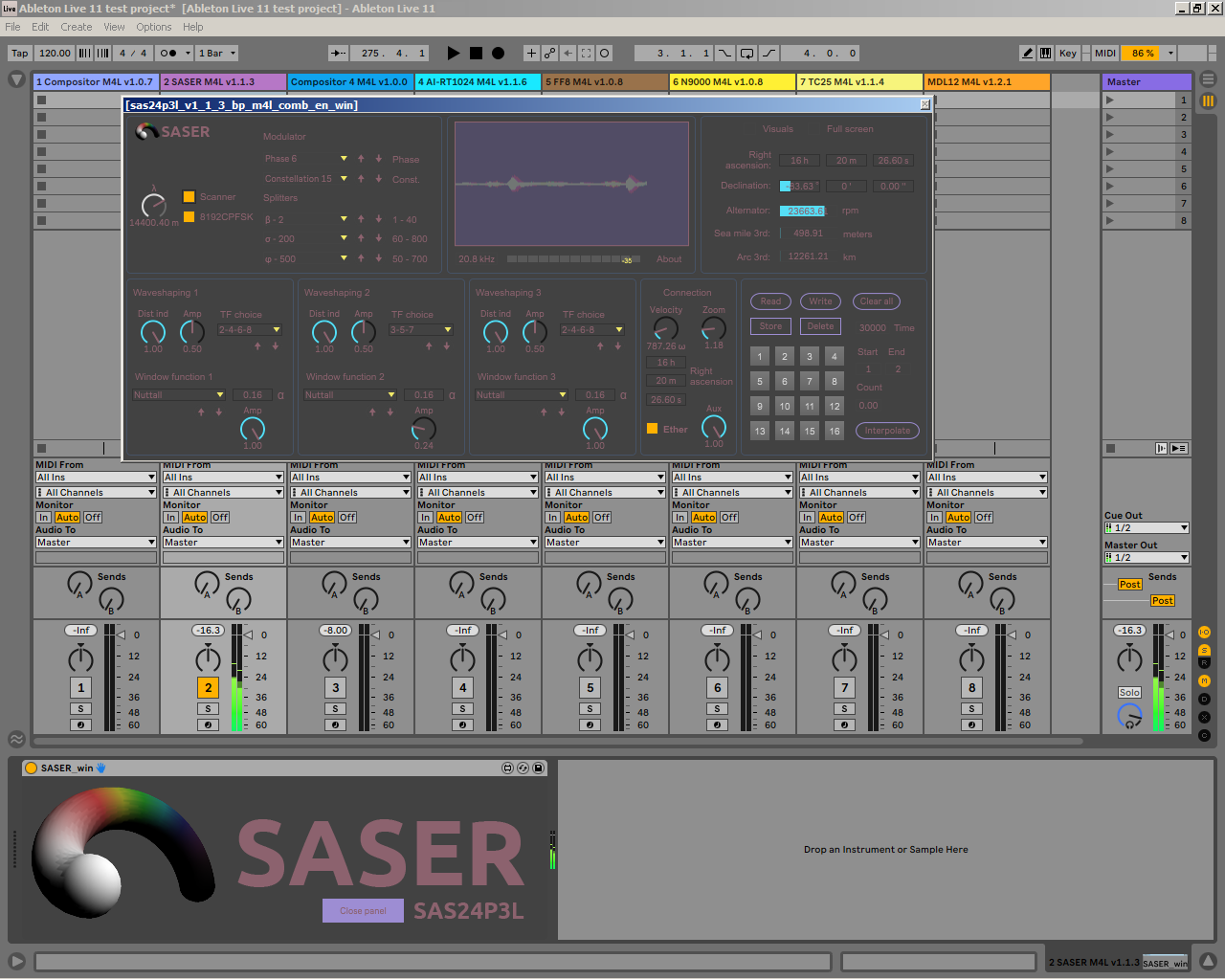Niagara modem is disabled on the NPO Compositor server
On 9.03.2021 the work of the Niagara a15 i6 software satellite modem on the CP-6137-960FX server was terminated. This action was performed due to the disagreement of the author (Ruslan Yusipov) to timely issue from the RAD96 autonomous system. According to the author, the company that uses these emissions, namely the investor, owes a large penalty in the amount of 40234513 rubles. It refuses to pay it off with virtual and real funds. At the moment, the server works in unicast mode, using only the internal services of Compositor Software. The American office of the Compositor Software company asks to use only direct-services and not to include any sample-based modems with sample pay. Consequently, the statement of the NPO Compositor about zero-level aggregation is considered incorrect. Indeed, a moment in time is played, but the dump has a price, and each iteration of the dump playback is multiplied by the billing of the cost of the dump itself. Thus, starting the modem does not guarantee that the billing meter has not worked. In reality, this modem could only be started with a counter of the number of times the dump and real-time frame were played. Thus, the real aggregation has already significantly exceeded the allowed volume of the 4-node mainframe CP-6137-960FX. Regardless of whether the emission will be made or not, the volume of aggregated traffic has already exceeded the allowed 39204 iterations of the real-time frame. After releasing a new dump and a real-time frame, the counter will not reset, which indicates the accumulated emission. An emission can be made within a given number of iterations. That is, it is possible to issue an emission, but it does not make sense to write it to the dump, since in any case the aggregation counter has already passed the admissible values.
The Niagara project can be resumed only by setting the number of nodes to 256 (Intranet mode) on the RAD96 autonomous system, inheriting it from the Compositor Lite NTP server. Thus, the number of aggregation iterations can be increased to 2509056, which will allow the modem to be used for a certain additional time. You need to extinguish the mainframe of 4 nodes. Moreover, this is only one of the reasons for stopping the modem, another important reason is the following: to latch the time frame, you need to include more iterations in the minute dump, setting the network to 2 ^ 14 values, i.e. 16384 bpm. This is possible only on a different hardware platform, because the estimated playback speed of the CP-6137-960FX channel aux is 2 ^ 13 or 8192 bpm. The solution in this situation without purchasing new development platforms is to launch the Niagara software modem with the Compositor Lite NTP server. Otherwise, you will have to assemble a new stationary machine, buy a laptop to develop a new aux channel, and buy a new mobile platform for developing mobile applications also. This is considered impractical, since the development of all services and applications has already been completed – only the number of nodes, the speed of iteration of the channel aux and generics can change.
Another solution is to completely abandon platform tools such as Niagara, Compositor and RAD96 standalone applications based on the MaxMSP Runtime. Instead, it is proposed to use all the services accumulated over the years of project development at the kernel level of the Windows 7 operating system, i.e. Windows NT kernel. Since the services are assembled on an independent platform, they are not charged, but this requires the continuous operation of the CP-6137-960FX mainframe, which is currently impractical even with full documentation for a virtual optical port. Moreover, this documentation does not cover the most important issue that the CP-6137-960FX server provides a service mainly for devices from EUI-64, and these are devices that are not included in the Ethernet protocol. Thus, the recognition that devices from EUI-64 communicate with each other using a protocol other than Ethernet is the task of the IEEE 802 working group. Although initially it was believed that the Compositor software uses the Ethernet protocol, it is now becoming clear that this is not the case, because most of the devices from EUI-64 are not equipped with a connection using this protocol.
